2018 Volkswagen Tiguan Review

It’s no secret that VW needs some big wins right now and this all-new 2018 Volkswagen Tiguan is a vehicle that should help.
As VW’s solid entry into an ultra-competitive segment, this compact crossover needs to be able to take on segment leaders like the Honda CR-V, Ford Escape, Hyundai Tucson, and Mazda CX-5, four of what I believe are the best compact CUVs available. Where the old Tiguan didn’t offer anything special that set it apart, this new one, which was redesigned from the ground up, certainly deserves to be cross-shopped with the best of the best.
Third Row’s the Charm
The biggest news with this new Tiguan is the availability of a third row, something that none of its competitors offer, save for the Nissan Rogue and often-forgotten Mitsubishi Outlander. In the Tiguan, the third row is standard on front-drive models and optional on all-wheel-drive models (in Canada, a third row is optional across the range). Obviously, this row of seating won’t be hospitable for taller passengers and most families won’t use it very often, but the convenience of having it for those rare occasions can’t be denied. In three-row models, the second row is able to tilt and slide forward by 7 inches (17.8 cm) for easier access into the third row and more legroom for the people sitting back there.
FAST FACTS
| Engine: | 2.0L turbo 4-cylinder |
| Output: | 184 hp, 221 lb-ft of torque |
| Transmission: | 8-speed auto |
| US Fuel Economy (MPG): | 21 city, 27 hwy, 23 combined (AWD) |
| CAN Fuel Economy (L/100 km): | 11.3 city, 8.8 hwy, 10.2 combined (AWD) |
| US Price: | Starts at $25,345, $37,550 for top trim |
| CAN Price: | TBA |
The second row is easy to move and can be done in one motion, although both hands will be required and it needs two steps and a wee bit of muscle to move back into place. You can also flip the seatback or slide it forward separately if needed.
This second-generation Tiguan is 10.6 inches (26.9 cm) longer than its predecessor, which allows for that handy third row and bumps up cargo capacity by 58 percent. One of the biggest complaints about the first-generation Tiguan is that it didn’t have enough room, and this growth spurt addresses that very well.
ALSO SEE: 2017 Mazda CX-5 vs 2017 Honda CR-V Comparison Test
In base three-row Tiguans, there is a small 12 cubic feet (340 L) of cargo space behind the third row, which grows to 33 cu-ft (934 L) with the third row folded and a generous 65.7 cu-ft (1,860 L) with both rows folded flat. In two-row Tiguans, there is 37.6 cu-ft (1,039 L) with all seats upright and 73.5 cu-ft (2,081 L) with seats stowed. The Tiguan’s cargo capacity for both models is a bit less than what the Honda CR-V offers but is more than the Mazda CX-5. The three-row model’s capacity lags behind the Ford Escape by a small margin but offers more space than the Ford with the two-row model. To make it even more versatile, the second row splits 40/20/40, where most other CUVs split 60/40.
Feels Like a Golf to Drive
The other big news is that this second-gen Tiguan is built on VW’s hard-working MQB platform that is used in everything from the Golf to the new Atlas. The obvious advantage of this is that the Tiguan feels just like a Golf to drive, meaning that it doesn’t feel at all like a heavy crossover. The CUV feels surprisingly nimble, surefooted and composed in a corner.
Although the steering is a bit light, it’s not annoyingly dead and this chassis is fantastic, which really helps the Tiguan shine, even giving this CUV a tight turning circle.
It’s too bad the engine feels a bit weak. The Tiguan is offered with only one engine: a 2.0-liter turbocharged four-cylinder that outputs 184 horsepower and 221 pound-feet of torque, sending that power to the front or all four wheels via a smooth eight-speed transmission. In normal conditions, the AWD Tiguan drives only its front wheels in the name of efficiency, but if it detects slippage, it takes only milliseconds to divert power to the rear axle. All-wheel-drive models also have Off-road and Snow modes that drive all four wheels by default.
ALSO SEE: 2018 Volkswagen Atlas Review
Off-the-line acceleration isn’t very strong and there is evident turbo lag. Passing maneuvers, full-throttle acceleration and getting up to highway speeds aren’t that impressive either. It’s not too different from how its competitors operate but does feel stronger and more responsive than the Honda CR-V. A huge bonus is that this turbo engine runs on regular gasoline, where a lot of other turbos need premium gas. The eight-speed transmission also isn’t the quickest to react, but it does shift very smoothly.
On the highway, one of the AWD Tiguans we drove seemed to vibrate harshly over 65 mph, but this didn’t happen with the front-wheel-drive model we drove later, which was commendably smooth and quiet at all times. This could be just an oddity or a defect with that individual car. Just something to keep in mind if you test drive one: Make sure you take it on the highway to see if this vibrating happens.
The stop/start system is also quite rough, which means I always end up turning it off. The stop/start system in the Ford Escape is much better because you can barely tell it’s working.
It may seem like I have a lot of complaints with how the Tiguan drives, but day-to-day, it will be totally fine, and the excellent chassis makes up for the weak engine. It definitely drives better than the Honda CR-V, but isn’t as engaging perhaps as the Mazda CX-5, and isn’t as seamless in overall delivery as the Hyundai Tucson.
All the Right Features
The Tiguan’s technology should also help it win over buyers. Besides coming standard with stuff like Apple CarPlay and Android Auto, all Tiguans will come with stop/start, a backup camera, roof rails, and automatic post-collision braking, which helps avoid a second collision if the car detects that it has gone out of control after the first hit.
Tiguans also get an updated infotainment system that is way more advanced and user-friendly than the one that came before it. To keep the screen uncluttered, it hides main menu buttons until it senses the driver’s hand, a neat feature that makes it seem like you have superpowers. This new system is more responsive, has a more intuitive menu structure, modern graphics, recognizes smartphone gestures like pinching and swiping, and even comes with a screen that seems quite resistant to fingerprints. The navigation can seem a bit dimwitted at times, but it gets the job done.
There are two must-have options on the new Tiguan, and one is the digital dashboard that replaces the gauge cluster with clear and easy to read 12.3-inch digital display that is easily configurable. The other is the excellent Driver Assist package, which includes front-collision assist with pedestrian monitoring, blind-spot monitoring, rear-traffic alert, active lane-keep assist, 360-degree top-down camera, adaptive cruise control with stop-and-go capability, automatic high-beam assist, and park distance control with automatic braking (so you don’t back into a post).
ALSO SEE: The New-Old 2018 Volkswagen Tiguan Limited Gets Extra Gears
The whole driver assistance package comes together very smoothly and is very easy to use with all the relevant information displayed in that digital dashboard. The adaptive cruise control is smooth and natural (in fact, much more so than the system in its sister brand Audi’s cars), and the active lane keep assist isn’t too aggressive. I find that the Audi system is overly sensitive and jerks the wheel out of your hands, which is too jarring, so I never use it. The VW system feels very advanced and is one of the best in its segment, which will help set it apart from its competition.
The interior also has a smart if somewhat generic design, with most touch points feeling like they’re of a higher quality, and the fit and finish is also fantastic. The controls are all intuitive and there is no ambiguity about how they operate.
The Verdict: 2018 Volkswagen Tiguan Review
The 2018 Volkswagen Tiguan comes at a pivotal time for the German automaker, and with all the changes and impressive features, it is bound to be a big hit. The compact crossover’s solid driving dynamics, its advanced driver assistance features, and the fact that it has a third row is sure to draw in families looking for some extra versatility and convenience.
LOVE IT
- Excellent chassis
- Desirable features
- Third row seating
- User-friendly tech
LEAVE IT
- Engine feels a bit weak
- Generic design

Jodi has been obsessed with cars since she was little and has been an automotive journalist for the past 12 years. She has a Bachelor of Journalism from Ryerson University in Toronto, is a member of the Automobile Journalists Association of Canada (AJAC), and a jury member for the prestigious North American Car/Truck/Utility Vehicle of the Year (NACTOY). Besides hosting videos, and writing news, reviews and features, Jodi is the Editor-in-Chief of AutoGuide.com and takes care of the site's day-to-day operations.
More by Jodi Lai




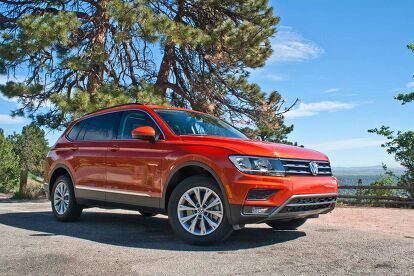

































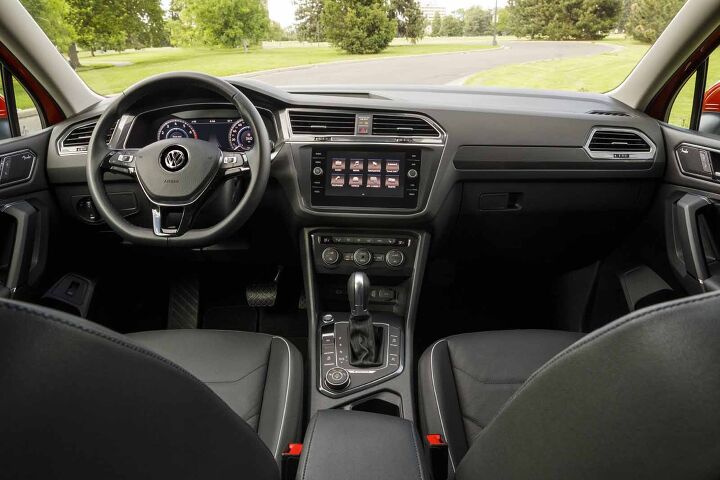



















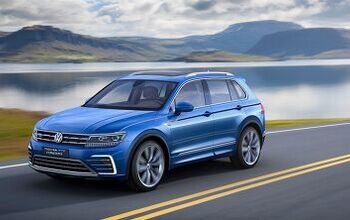
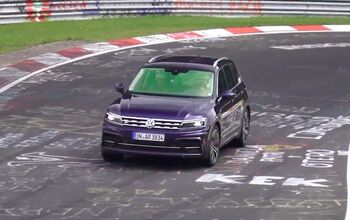
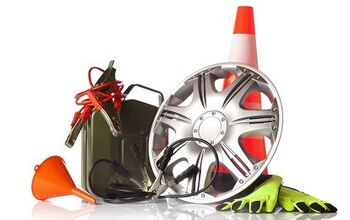

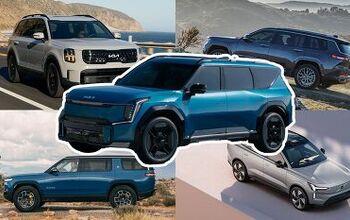



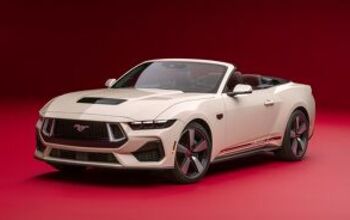
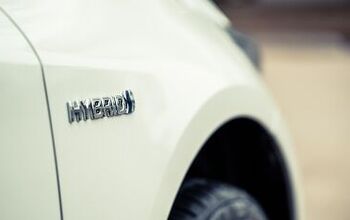

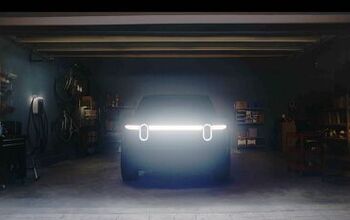
Comments
Join the conversation
Something's? amiss...C/D complains that it doesn't drive anything like the Golf...AG says it does...hmm!
Too bad they dropped the Touareg.